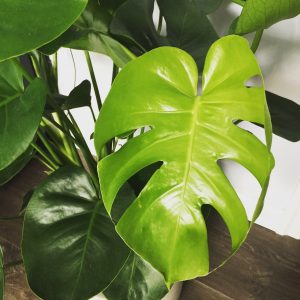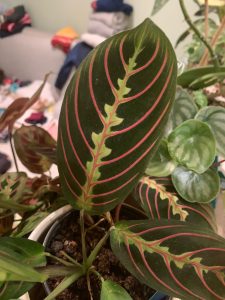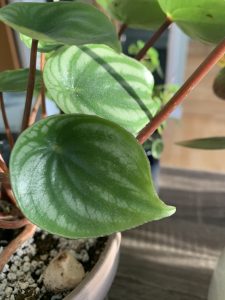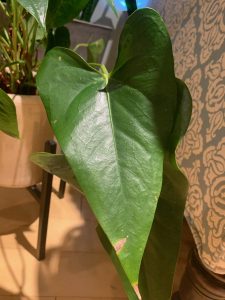Creative Final Project also on Youtube, here is the link https://youtu.be/uW-1Y4lrrUo – the HD version
Block Prints
Block printing involves several steps in the same way that education uses learning progressions which involve many small steps.
Block Printing
| Block Printing | Learning Progression |
| Observation and research | Observe, listen, read, and think |
| Gather materials | Reflect and cross-pollinate |
| Sketch subject | Discuss |
| Trace and copy subject onto the block | Practical experience |
| Carve the block | Reflexivity exercises |
| Prepare colour scheme | Discuss and re-think what was learned |
| Take stock of the knowledge gained |
What one imagines teaching is different from what will be experienced. The process of Block Printing attempts to take an idea and turn it into a visual reality much the same way a teacher takes information and builds a lesson plan. The next step is to deliver the plan to the young learners, and sometimes it works, and sometimes it does not work. The indentation of the lesson onto each student is different based on a myriad of factors (such as how much sleep he/ she got, breakfast availability and nutrition, interest in the subject, cultural background, etc.). The differences between the plan and the outcome are examined by the teacher who adapts and tries again the next day.
For an artist, there is always a gap between the concept in the artist’s mind and the application of that concept. The finished art piece is always different from what was initially imagined. Of course, this is okay—the process taken in the act of creation is possibly as important as the finished product. In Block Printing, every print is different although the block does not change. The hand that presses the block, for example, will leave a signature based on the pressure applied as well as the pressure points emphasized when pressing. The ink chosen for the bock print will differ based on the artist’s intention. The paper, the humidity, the energy of the artist … every print is inevitably unique. In teaching, there is often a difference between what is planned and what actually happens in a classroom. Based on what I have observed in classrooms, even the best organized teachers will have to adapt during their day. As well, the teaching fingerprint of one teacher is different from the next. Even when delivering the same curriculum, two presentations will be inevitably different and, in many ways, unique. When making a Block Print or teaching young learners, the preparation—the design of the block or the lesson, choosing materials, deciding upon an approach—as well as the performance of the lesson or the print involves at base a commitment to curiosity and love.
I have chosen to use representations of tropical leaves, which is symbolic of one of my hobbies as a tropical plant enthusiast and collector. Each leaf contains stories: its botanical story (the species’ names, point of origin, natural habitat, and needs), its symbolic story (as a tropical plant in northern BC—I often think I am the tropical plant amongst a forest of birch, fir, spruce, and pine), as well as its symbolism in respect to education (for example, the leaf photosynthesizes sunlight for energy just as a student gobbles of information to gain knowledge). Furthermore, the plant is a connection to nature, which suggests an aboriginal worldview.
Finally, as we complete Block 1 of UNBC’s Education Program, I think a Block Print is a fitting way to put a seal of approval on all of the good work that has been done.
Those are few of the plants that inspired me.
 Monstera deliciosa
Monstera deliciosa
 Maranta leuconeura var. is known as prayer’s plant
Maranta leuconeura var. is known as prayer’s plant
 Peperomia argyreia is known as Peperomia watermelon plant
Peperomia argyreia is known as Peperomia watermelon plant
 Anthurium
Anthurium
Guiding Question: How does a teacher minimize the gap between education theory and reality? In the space between education theory and reality, what are the teachable moments?